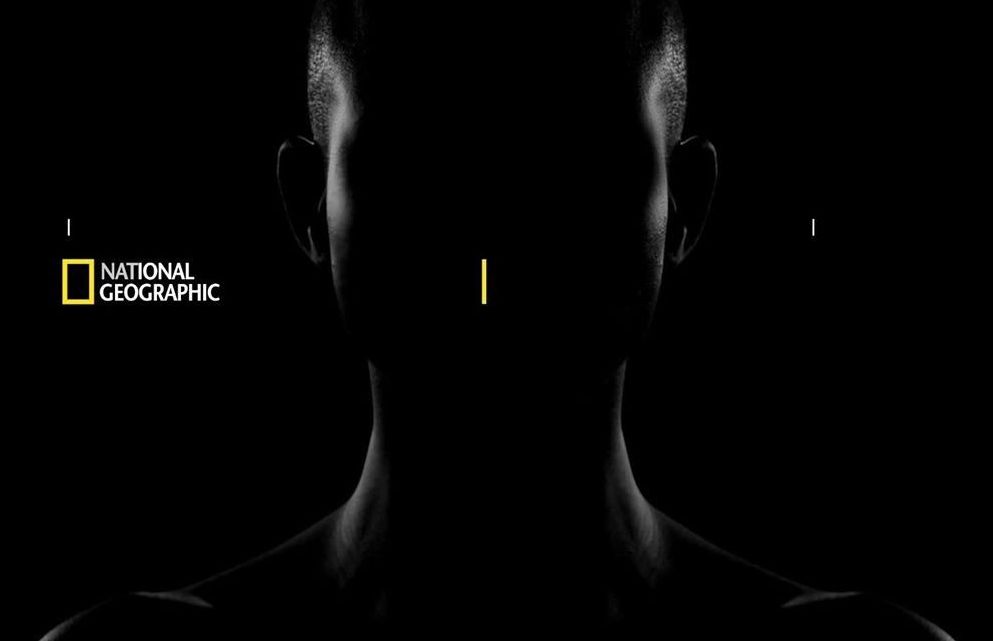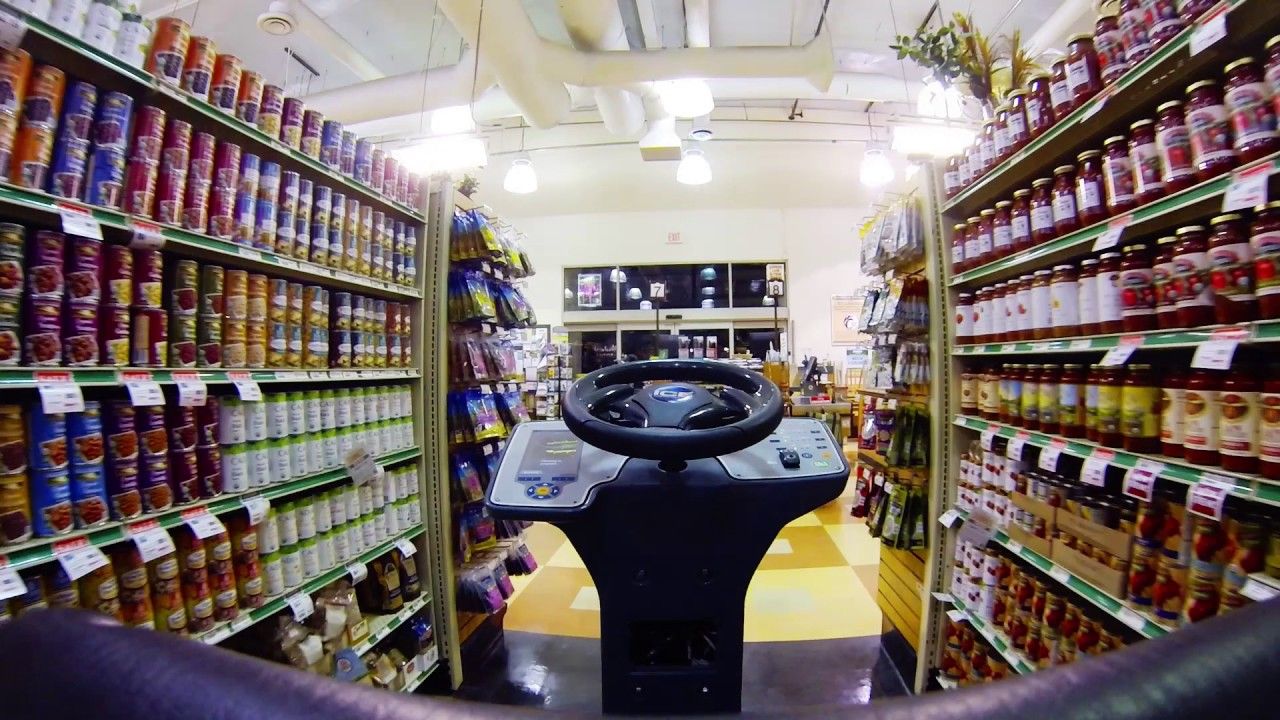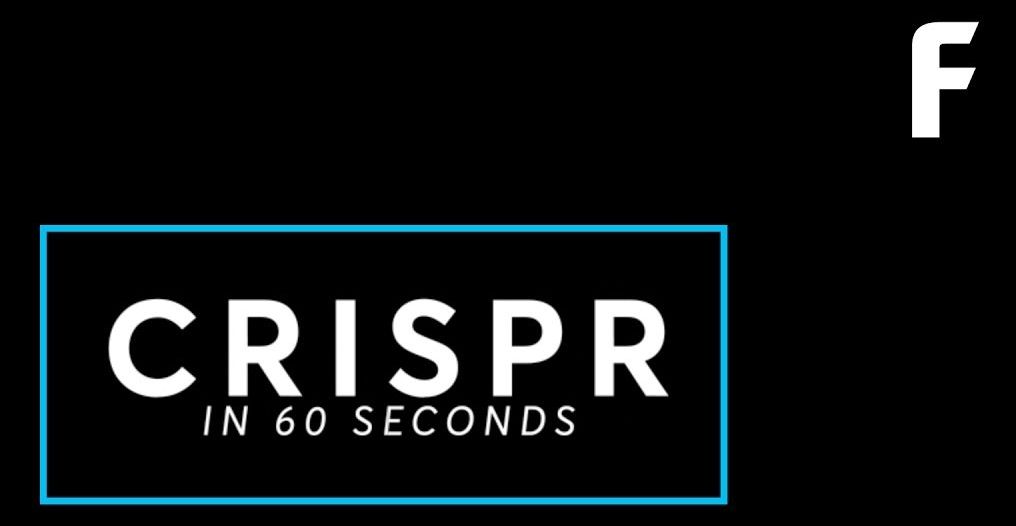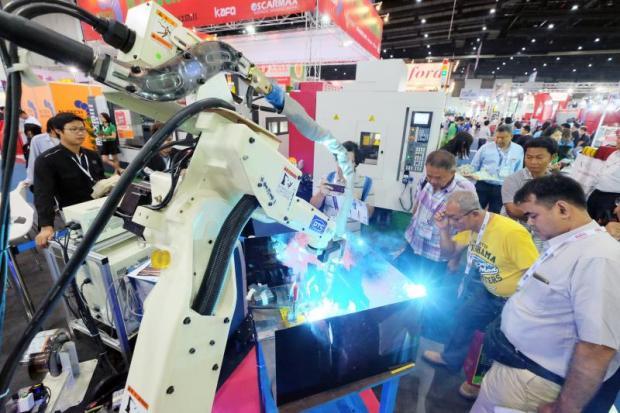A massive asteroid estimated to be 2.7 miles wide is set to make a ‘relatively close encounter’ with Earth on 1 September.
Dubbed ‘Florence,’ the huge space rock will pass just 4.4 million miles from our planet on Friday – or, about 18 times the distance between Earth and the moon.
According to NASA, this is the closest an asteroid of this size has come since they first began tracking near-Earth objects, giving scientists an unprecedented opportunity to study it up close through ground-based radar observations.









